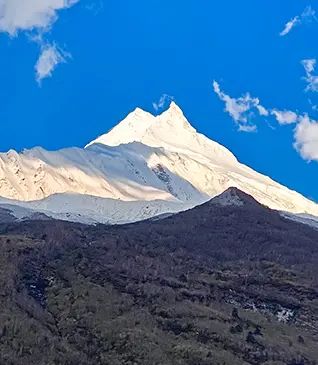A lot of our questions would be answered if the garbage around us was treated in the right manner. One of the main reasons that our ecosystem is taking the hampering is because the waste that we let out is not handled in the right manner. A right helping hand along the way can take us miles in the years to come. Don’t you think it is our collective responsibility to keep the mountains in the pink of their health?
Outline of the Green Trail Initiative
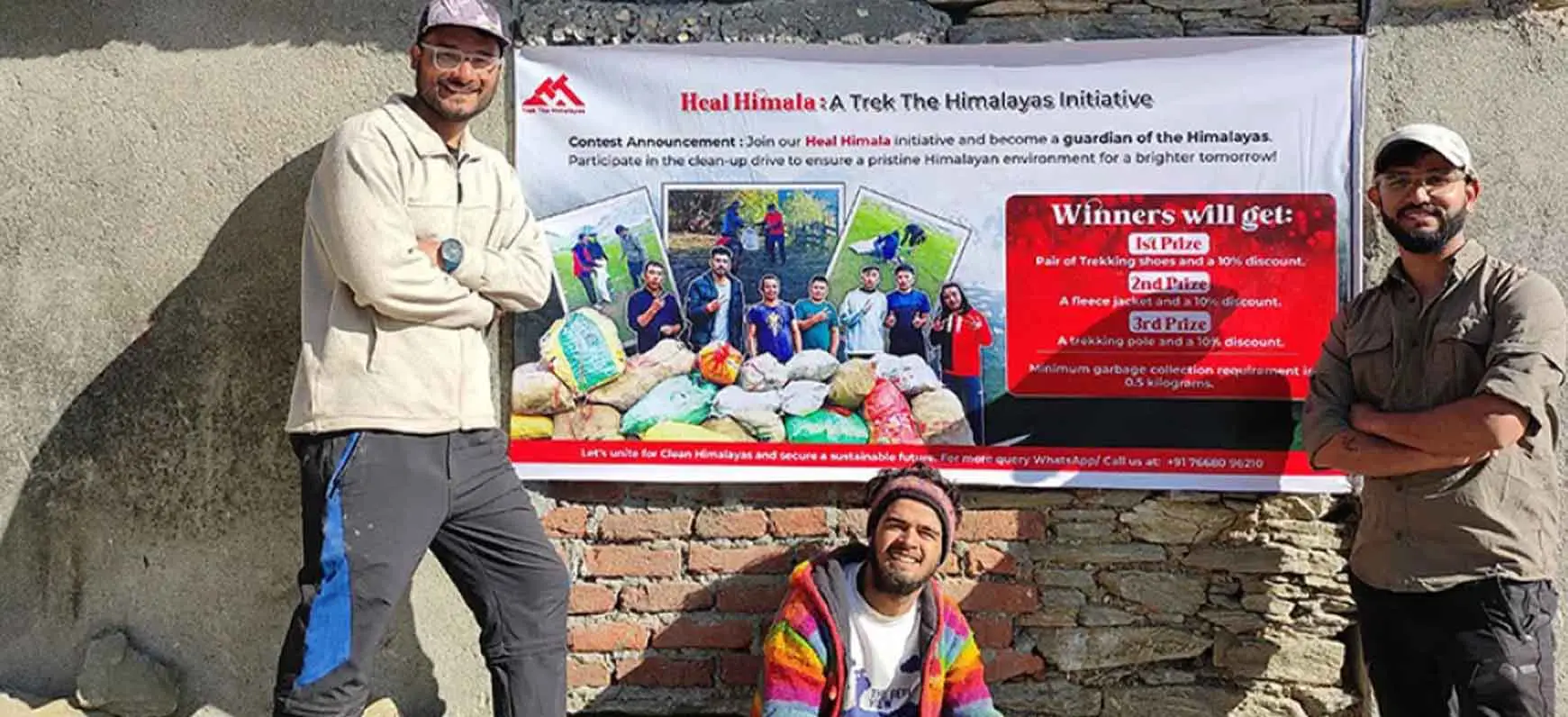
What is the Green Trail initiative? How is it managed? What is the outcome of having it? Slowly but effectively, things will start adding up by giving you an outline of the bigger picture. Since this is the fourth consecutive year of the Green Trails Initiative program, we would like to give you a small insight into what happened last year on the winter trek routes.
– A green trail batch was included in the winter treks.
– The main objective of this batch of trekkers was to collect the waste on the trails and help in keeping the route clean.
Green Trail 2018
The Green Trail initiative has been a productive experiment in the past and continues to do so. After a successful stint in 2017 for the winter treks we decided to move our focus from the winter treks to the pre-monsoon treks with a common goal, which was to keep the mountains trails clean and green. Pre-monsoon treks such as Roopkund, Goechala, Kuari Pass, and Pangarchulla were at the focal point of the Green Trail initiative for this season.
The Roopkund Trail
The Green Trail batch which took up the initiative on the Roopkund route did a commendable job in keeping the route clean. You would be surprised to know that a total of more than 4000kgs of waste was collected along the trail as was brought down to the base camp.
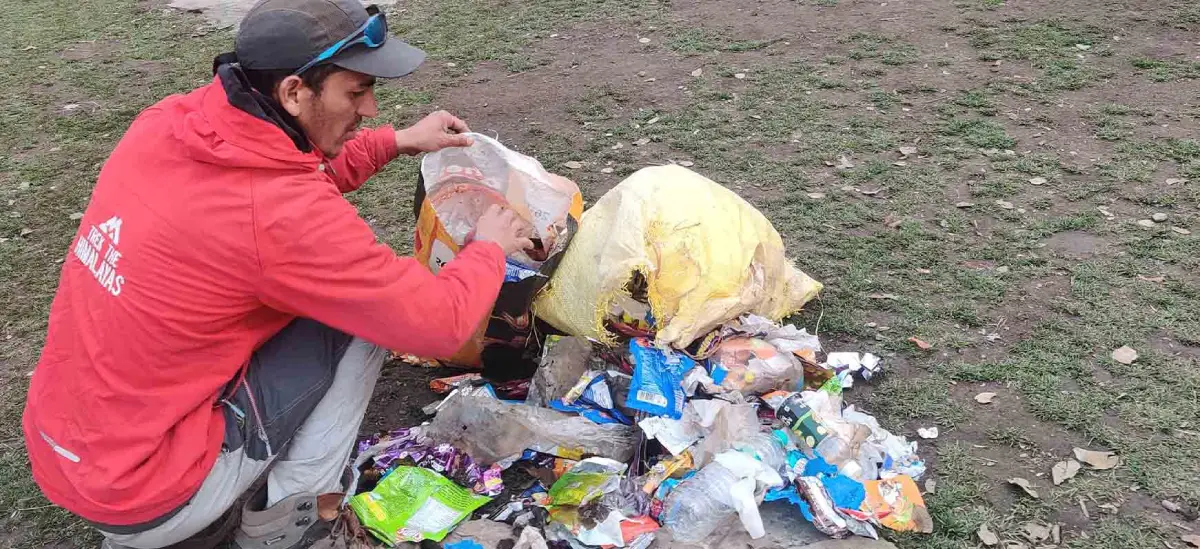
The heartful efforts put in by our fellow trekkers just cannot be thanked enough. The icing on the cake came when Trek The Himalayas was acknowledged by the forest department for their work with a certificate of appreciation. This gesture by the forest department will motivate us to put in more effort to carry out such initiatives.
At the end of the day, contribution towards the betterment of our environment is our top priority.
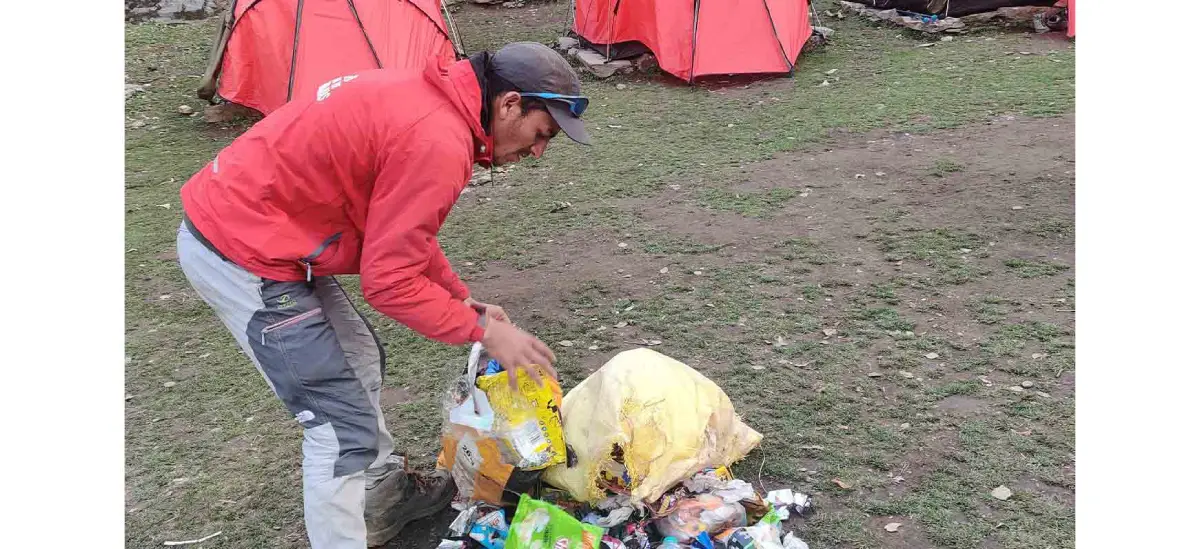
At the end of the day, contribution towards the betterment of our environment is our top priority.
How We Did It
The Green Trail batch comprised multiple mules and a good support staff. As soon as we reached the first campsite we kickstarted the work. It was important to classify the waste into different categories which would then help to differentiate biodegradables from non-biodegradables. We first managed to get rid of the boundaries where we found floating plastic bags and other dry waste in the streams. Then without flinching dipped our feet into the cold rushing water to go deeper.
Karnaprayag, which is the nearest Municipal Corporation junkyard was at a fair distance from our campsite. We knew that the task on our hands was not all that easy to execute but we were up for the challenge anyway. The team stuck together and carried out the mission without losing its cool.
Pangarchulla and Winter Kuari Pass Snow Treks
The Pangarchulla and Kuari Pass trails were our next top priorities. There was still a little amount of snow on the trail which sort of made it difficult to carry out the operation. We wanted to make sure that we put maximum effort into getting rid of the waste from these trails. The Talli forest is a campsite where the maximum number of trekking groups pitch their tents. It was predictable that the area surrounding this place would be littered.
How We Did It
Repair work was done on both days of camping in the Khulara and Tali forests. The slush somewhat made us put in extra effort which resulted in the use of shovels. A huge amount of garbage both wet and dry was collected from the spot where dishes were cleaned.
We distributed trash bags to the trekkers so that they could use them to store the garbage on the trails. The trekkers were informed to empty their trash bags into gunny bags which were carried by members of our team on reaching the resting points. The efforts that were put in by the trekkers and our staff finally paid off as 3700kgs of garbage was collected along the way.
We then had to segregate degradable waste from the non-degradable ones. On the last day of the trek, the garbage that was collected was transferred to the Joshimath guest house and then taken to the nearest Municipal Corporation.
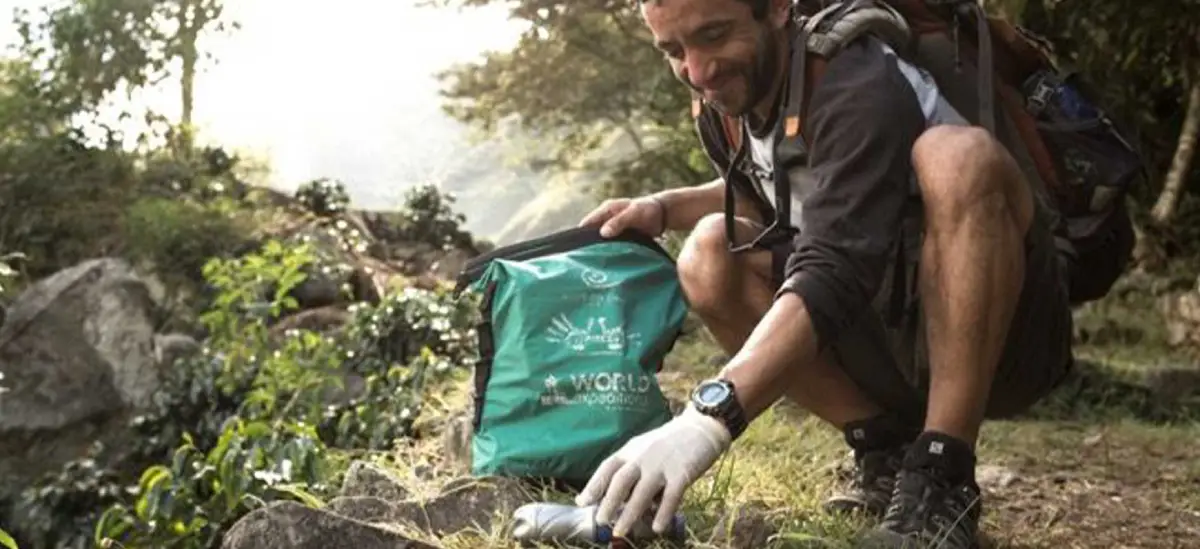
We then had to segregate degradable waste from the non-degradable ones. On the last day of the trek, the garbage that was collected was transferred to the Joshimath guest house and then taken to the nearest Municipal Corporation.
Goecha La
One of the most majestic treks in Northern Sikkim, the Goecha La trek offers you a splendid view of the Kanchenjunga peak which is a true delight for every mountain lover. But it’s a different story now. Frequent trekking groups have somewhat diminished the natural flora and fauna of this region.
A tradition followed by many trekking agencies is that they burn the leftovers, which is not the ideal thing to do. The plastic which is burnt in this process gives out harmful gases and also pollutes the water. It was important for us to maintain.
How We Did It
The operation at Goechala started with our trek leader Abhishek setting an example for others to follow. The local villagers also played a pivotal role in the operation. We came up with groups of twos and threes and started our hunt for plastic and other wet waste. 600kg of garbage was collected and then dumped into jute bags which were classified according to the type of waste. After an arduous session of toiling, we managed to clear the entire patch at the campsite.
The collected waste was then segregated into wet and dry waste and sent to Yuksom at the Municipal waste management station.
The Operation Procedure
The Green Trail operation is performed to ensure that the garbage collected along the trail is treated in the right manner. The following steps are taken into consideration for the smooth running of the operation.
– Specific treks are assigned with the Green Trail batches that run on assigned dates.
-These trek groups get a discount of 7% on the trek cost.
– The trekkers collect the garbage along the way from the first campsite.
– They are provided with hand gloves and trash bags to deposit the waste that they collect along the way.
-Soon after the waste is carried from the first campsite to the second, the garbage collected is taken to the first campsite with the help of a mule. The second mule runs in tandem and accompanies the group up to the summit.
-Efforts are also put in by the trekkers and our team to separate the biodegradable from the non-biodegradable.
-Separating the degradable waste from the non-degradable is also an effective way of educating the local villagers and our fellow trek mates.
– After the trek, the entire load of trash that is collected is taken to the nearest municipal waste management center.
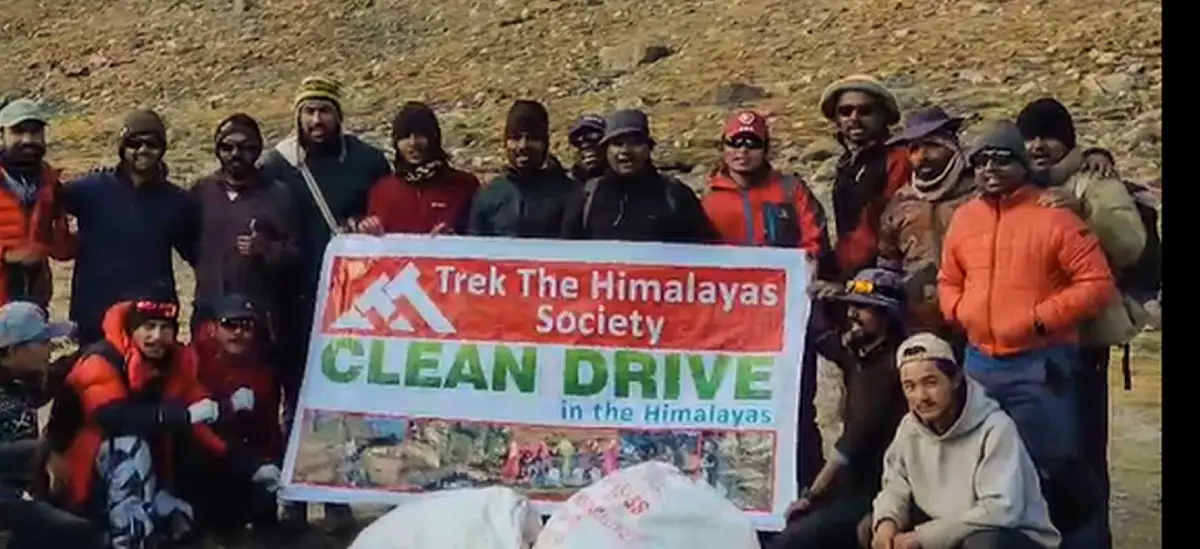
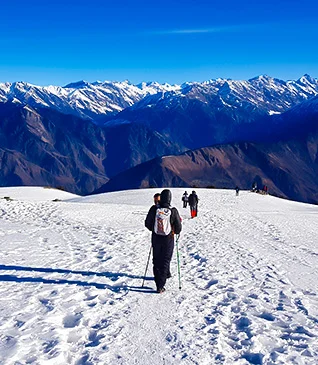
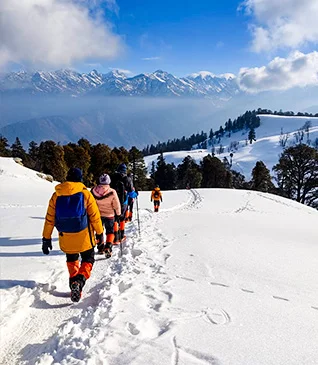
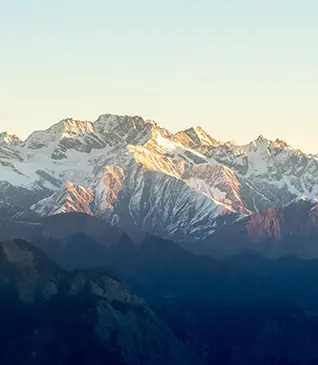
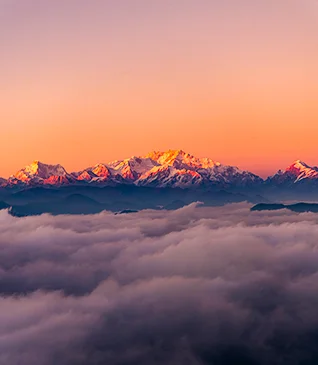
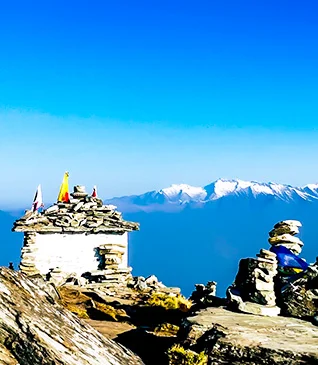
.webp)
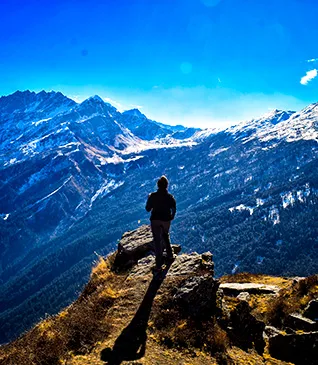
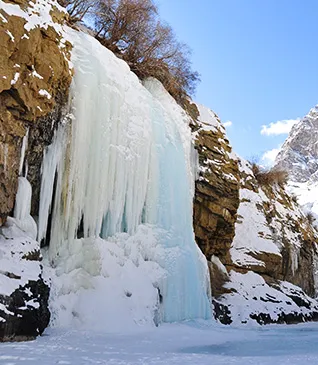
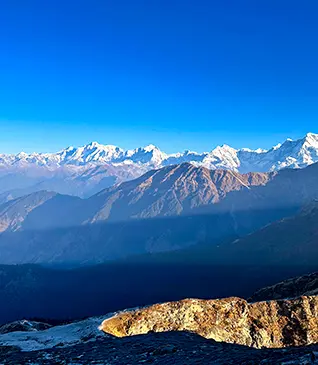
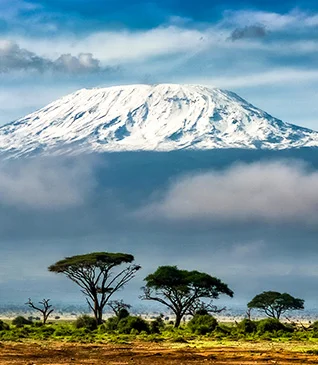
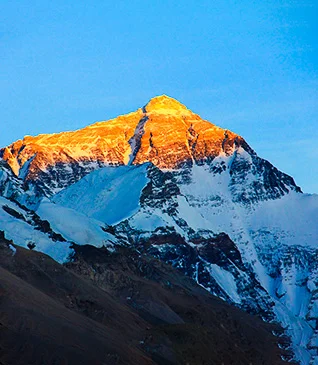
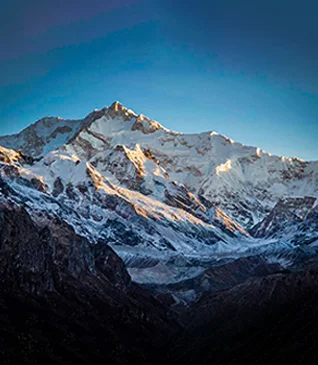
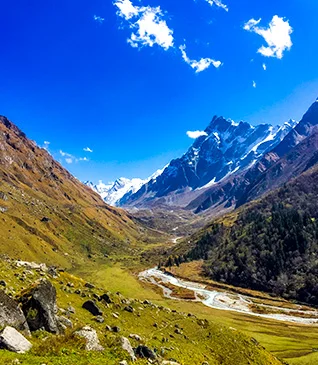

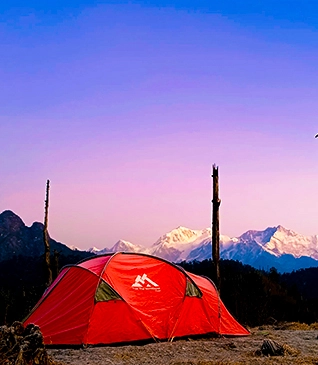
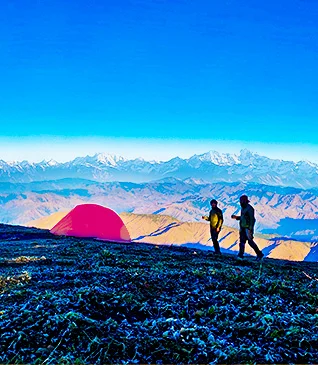
.webp)
